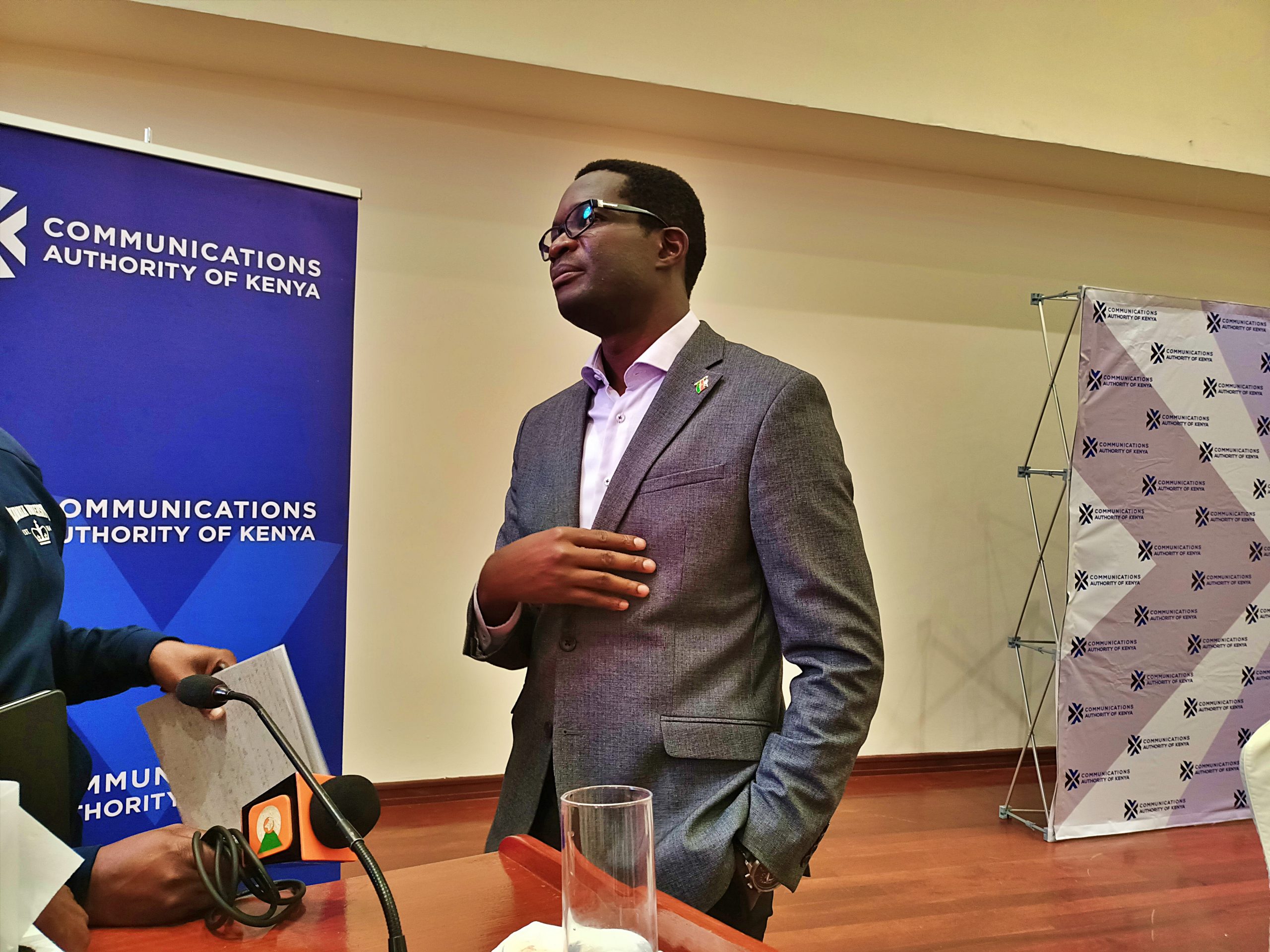At the end of 2021, ICT regulator the Communications Authority of Kenya (CA) announced plans to cut call termination rates, also referred to as mobile termination rates (MTRs) from KES 0.99 to KES 0.12 per minute.
Termination rates are basically wholesale tariffs levied by the telco of a user receiving a phone call to the operator of the caller’s network.
The new rates were supposed to go live on Jan 1, 2022. However, the development has since been disputed, mainly by Safaricom, which argues that the rates were not arrived at procedurally and that the CA failed to take note of stakeholder input submitted previously.
Telkom Kenya, and Airtel Kenya, on the other hand, continued to support the new termination rates, with the overall argument being that the consumer will pay less when making calls, especially to other networks.
However, Safaricom filed a petition disputing the new charges as soon as they were announced. The leading operator argued that the rates were not developed procedurally, and the CA failed to consider public input when it adjusted the fees.
It would make sense why Safaricom was and is still fighting the new rates: the telco makes a substantial amount from termination charges because of its big market share. The voice market, for instance, favours Safaricom because of its bigger market share. This means that customers in other networks, namely Telkom and Airtel, make more off-network calls because their friends and family are using Safaricom.
To put this into perspective, Airtel pays nearly KES 300 million per month to Safaricom in termination fees (using the older rates). It, therefore, earned about KES 6.5 billion per year, while paying out only KES 2.6 billion to competitors.
These issues have since led to the development of the draft Kenya Information and Communication (Interconnection) Regulations, 2022.
According to the proposal, telcos may be able to negotiate interconnection rates.
“An interconnect licensee shall have the right and, when requested by an interconnecting licensee, an obligation, to negotiate the interconnection of its telecommunications system, facilities, and equipment with the telecommunications system, facilities, and equipment of the interconnecting licensee, in order to provide end-to-end connectivity and interoperability of services to all customers,” reads the proposal.
This does not absolve the CA from exercising its policing mandate in this matter because it will still be publishing guidelines about interconnection from time to time. The CA will also intervene in negotiations on agreements for interconnection where no agreement is reached between the negotiating parties within six weeks of the commencement of the negotiations. It will also set time limits within which negotiations on interconnection are to be completed, which time limits shall not exceed six weeks unless the Authority considers that a longer period is necessary.
“Subject to the provisions of the Act and any guidelines on interconnection the Authority may publish from time to time, an interconnecting licensee shall have the right to choose its interconnection licensee to route its data traffic and calls towards customers of another license,” adds the Act.
Furthermore, the Act says that all fees associated with interconnection should be objective, independently verifiable, and fair, and should be charged for each type of telecoms service related to interconnection.
Dominant players
If the CA determines that a telco is dominant, then it will exercise the following remedies:
- meet all reasonable requests for access to its public telecommunications network, in particular access at any technically feasible point on its telecommunications network.
- adhere to the principle of non-discrimination with regard to interconnection offered to other interconnecting licensees, mainly by applying similar conditions in similar circumstances to interconnecting licensees providing similar services and providing interconnection facilities and information to other telecommunications licensees under the same conditions and of the same quality as it provides for its own services or those of its affiliates or subsidiaries.
The Act is quite exhaustive, and can fully be read here.





























